Home>Articles>How Long To Slow Cook Pork Shoulder In Slow Cooker
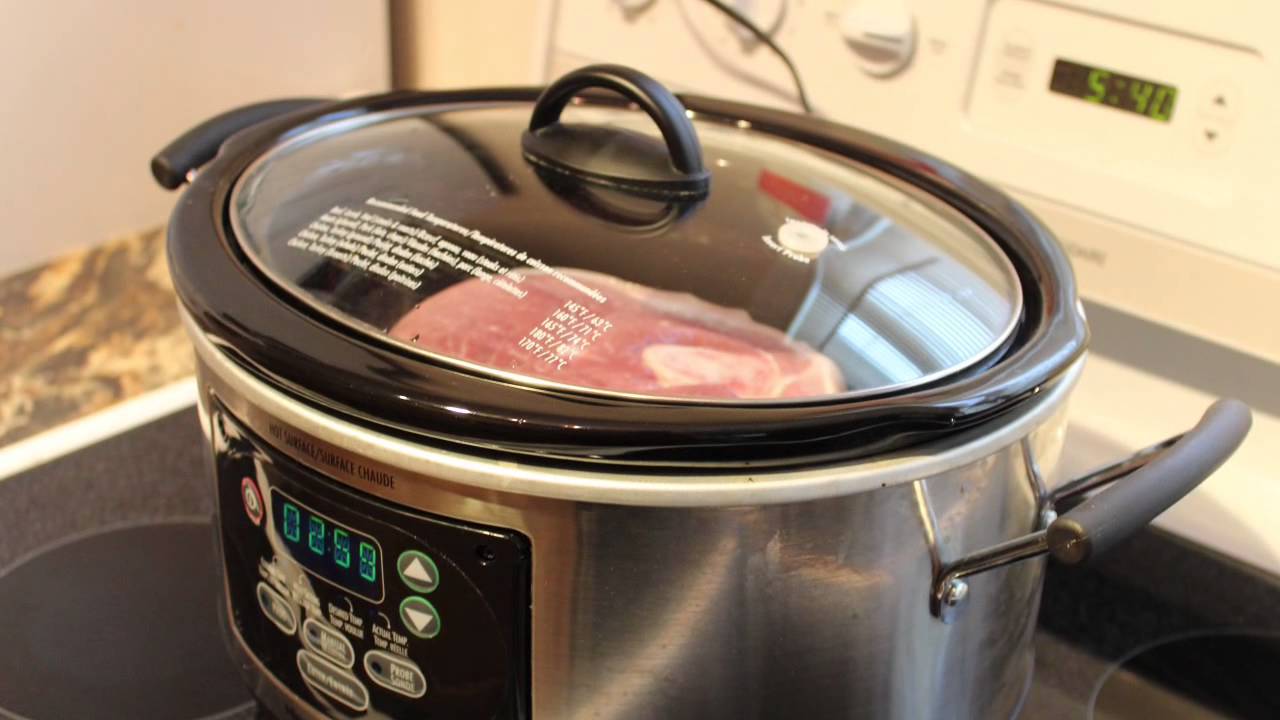

Articles
How Long To Slow Cook Pork Shoulder In Slow Cooker
Modified: February 29, 2024
Discover articles on how long to slow cook pork shoulder in a slow cooker, including tips for tender and flavorful results.
(Many of the links in this article redirect to a specific reviewed product. Your purchase of these products through affiliate links helps to generate commission for Storables.com, at no extra cost. Learn more)
Introduction
Welcome to the wonderful world of slow cooking! If you’re a fan of tender and flavorful meat, then you’re in for a treat. One of the best cuts of meat for slow cooking is the pork shoulder. This versatile and budget-friendly cut is perfect for the slow cooker, where it can transform into a melt-in-your-mouth masterpiece.
In this article, we’ll walk you through everything you need to know about slow cooking pork shoulder. From choosing the right cut to seasoning and cooking techniques, we’ll cover it all. So, grab your apron and let’s get started on this delicious slow cooking journey.
Key Takeaways:
- Slow cooking pork shoulder requires choosing a well-marbled cut, proper preparation, and seasoning. Cooking techniques like slow cooker, oven, stovetop, and sous vide ensure tender and flavorful results.
- Testing for doneness, resting, and shredding are crucial steps in achieving a mouthwatering slow-cooked pork shoulder. Serve in various dishes and store leftovers safely for future enjoyment.
Choosing a Pork Shoulder for Slow Cooking
When it comes to slow cooking, selecting the right pork shoulder is crucial for a successful and flavorful meal. The pork shoulder, also known as the pork butt or Boston butt, is taken from the upper shoulder area of the pig. It is marbled with rich fat and collagen, which makes it perfect for slow cooking methods.
When choosing a pork shoulder, look for one that is well-marbled with fat. This fat will render down during the slow cooking process, resulting in a succulent and tender meat. The ideal size for a pork shoulder is around 4-6 pounds, which will feed a small crowd or provide plenty of leftovers for later.
Additionally, it’s important to consider the level of bone-in or boneless. Both types can be used for slow cooking, but bone-in pork shoulder tends to have more flavor due to the marrow in the bones. It also helps the meat retain moisture. However, if you prefer convenience and easy shredding, boneless pork shoulder is a great choice.
Lastly, when selecting your pork shoulder, make sure it has a nice pink color with some marbling throughout. Avoid shoulders that have a grayish hue, as it may indicate poor quality or freshness. If possible, choose meat that is sourced from a reputable butcher or farm for the best flavor and quality.
Preparing the Pork Shoulder
Before you start cooking your pork shoulder, it’s important to properly prepare it to ensure maximum flavor and tenderness. Follow these steps to get your pork shoulder ready for the slow cooker:
- Trimming: Begin by trimming any excess fat from the pork shoulder. While some fat is desirable for flavor and moisture, too much fat can make the dish greasy.
- Patting Dry: Use paper towels to pat the pork shoulder dry. Removing excess moisture from the surface will allow for better browning and caramelization during the slow cooking process.
- Tying: If you have a bone-in pork shoulder, consider tying it with kitchen twine to help maintain its shape during cooking. This will ensure even cooking and make it easier to carve or shred the meat later.
- Brining (optional): Brining is an optional but highly recommended step to enhance flavor and moisture. You can create a simple brine by combining salt, sugar, and water. Submerge the pork shoulder in the brine overnight in the refrigerator for maximum effect.
By following these preparation steps, you’ll be setting yourself up for a delectable and tender pork shoulder that is ready to slow cook to perfection.
Seasoning and Marinades
Seasoning and marinades play a crucial role in enhancing the flavor of your slow-cooked pork shoulder. Here are some tips to help you create a deliciously seasoned and flavorful dish:
1. Dry Rub: A dry rub is a mixture of herbs, spices, and seasonings that is applied directly to the surface of the pork shoulder. Create a flavorful dry rub by combining ingredients such as salt, pepper, paprika, garlic powder, onion powder, and dried herbs. Rub the mixture generously all over the pork shoulder, making sure to cover all sides.
2. Wet Marinade: If you prefer a more intense flavor, you can marinate the pork shoulder in a wet marinade. The marinade can be a combination of ingredients such as soy sauce, citrus juice, vinegar, herbs, spices, and even a splash of your favorite barbecue sauce. Let the pork shoulder marinate for a few hours or overnight in the refrigerator to allow the flavors to penetrate the meat.
3. Citrus and Acid: The addition of citrus fruits or acidic ingredients like vinegar or wine can help tenderize the pork shoulder while adding a tangy kick to the flavor. Squeeze the juice of oranges, lemons, or limes over the meat or use vinegar or wine in your marinade.
4. Slow Cooker Liquid: When cooking the pork shoulder in the slow cooker, it’s important to add some liquid to prevent it from drying out. You can use chicken or vegetable broth, beer, cider, or even cola to add flavor and moisture to the dish. Be sure not to add too much liquid, as the pork shoulder will release its own juices during the cooking process.
Remember, the key to great seasoning and marinades is experimentation. Don’t be afraid to try different combinations of herbs, spices, and flavors to find what suits your taste buds best. With a well-seasoned and marinated pork shoulder, you’re well on your way to a mouthwatering slow-cooked masterpiece.
Slow Cooking Techniques for Pork Shoulder
Slow cooking is a gentle and low-effort cooking method that allows the pork shoulder to cook at a low temperature over a long period of time. Here are some tried and tested slow cooking techniques to ensure juicy and tender pork shoulder:
1. Slow Cooker: The slow cooker, also known as a crockpot, is a convenient and popular appliance for slow cooking. Set the slow cooker to low heat, place the seasoned and prepared pork shoulder inside, and let it cook for 6-8 hours. The slow cooker will maintain a consistent temperature, allowing the meat to slowly break down and become incredibly tender.
2. Oven: If you don’t have a slow cooker, you can still achieve excellent results by slow cooking the pork shoulder in the oven. Preheat your oven to a low temperature, around 275°F (135°C). Place the pork shoulder in a deep roasting pan or Dutch oven with a tight-fitting lid. Cover the pan and let it cook for 6-8 hours, until the meat is fork-tender.
3. Stovetop: Another option for slow cooking pork shoulder is using the stovetop method. Place the seasoned pork shoulder in a large, heavy-bottomed pot with a lid. Cook over low heat, ensuring that the temperature is maintained at a gentle simmer. This method requires occasional stirring and monitoring to prevent burning or sticking, but it can yield excellent results.
4. Sous Vide: For those who want precise control over the cooking temperature, the sous vide method is an excellent choice. Vacuum-seal the seasoned pork shoulder in a bag and cook it in a water bath at a precise and constant temperature for an extended period of time. This method ensures incredibly tender and evenly cooked meat.
Regardless of the slow cooking technique you choose, the low and slow approach gives the pork shoulder ample time to break down its connective tissue and become tender and moist. With patience and proper cooking techniques, you will be rewarded with a succulent and flavorful pork shoulder that is worth the wait.
For a pork shoulder in a slow cooker, cook on low for 8-10 hours or on high for 4-6 hours. This will ensure the meat is tender and flavorful.
Cooking Times for Slow Cooker Pork Shoulder
When it comes to slow cooking pork shoulder, the cooking time will depend on various factors such as the size and thickness of the cut, the cooking temperature, and the cooking method being used. Here are some general guidelines for cooking times when using a slow cooker:
1. 4-6 Pound Pork Shoulder: Cook on low heat for approximately 8-10 hours. This allows the meat to cook slowly and develop a tender and juicy texture. If you’re short on time, you can increase the cooking temperature to high and reduce the cooking time to around 4-6 hours, but keep in mind that the meat may not be as tender as with the low and slow method.
2. Larger Pork Shoulder: For a pork shoulder larger than 6 pounds, it’s best to increase the cooking time to ensure that the meat cooks evenly and reaches the desired tenderness. Add an additional hour of cooking time for every extra pound of pork shoulder. For example, an 8-pound pork shoulder would require around 10-12 hours of cooking on low heat.
3. Bone-In vs. Boneless: If you’re cooking a bone-in pork shoulder, you might need to add some extra time to account for the bone and ensure that the meat near the bone is cooked through. Conversely, boneless pork shoulder might require slightly less cooking time since there is no bone to slow down the cooking process.
It’s important to note that these cooking times are approximate and can vary depending on your specific slow cooker, the starting temperature of the meat, and personal preference regarding the level of tenderness. It’s always a good idea to use a meat thermometer to ensure that the internal temperature of the pork shoulder reaches at least 145°F (63°C) for safe consumption.
Remember, slow cooking is a forgiving method, and the pork shoulder will become more tender the longer it cooks. So if you’re unsure, it’s better to cook the pork shoulder for a bit longer rather than risk undercooking it and ending up with tough meat. With a little patience and proper monitoring, you’ll achieve a perfectly cooked and incredibly flavorful pork shoulder.
Testing for Doneness
Knowing when your slow-cooked pork shoulder is done is crucial to ensure it reaches the desired level of tenderness and doneness. Here are a few methods to help you test for doneness:
1. Visual Inspection: A visual inspection can give you some clues about the doneness of the pork shoulder. The meat should be tender and easily pull apart when tested with a fork or tongs. The exterior should have a golden brown crust, and the fat should be rendered and caramelized.
2. Internal Temperature: The most accurate way to determine if your pork shoulder is cooked to perfection is by using a meat thermometer. Insert the thermometer probe into the thickest part of the meat, away from any bones. The internal temperature should reach a minimum of 145°F (63°C) for safe consumption of pork. However, for a more tender and falling-apart texture, you may want to cook it to a higher temperature, around 195°F (90°C) to 205°F (96°C).
3. Texture Test: To check the tenderness of the pork shoulder, gently pull a small piece from the meat using a fork or tongs. If it easily shreds apart and has a melt-in-your-mouth texture, the pork shoulder is likely done. If it feels tough or resistant, continue cooking for a bit longer until it reaches the desired tenderness.
Remember that slow-cooked pork shoulder may appear pinkish, even when fully cooked. This is due to the smoke and seasonings used and does not necessarily indicate undercooked meat. The most important factor in determining doneness is the meat’s internal temperature and the desired level of tenderness.
Once you’ve determined that your pork shoulder is cooked to your liking, it’s time to move on to the next step: resting and shredding.
Resting and Shredding the Pork Shoulder
After cooking your slow-roasted pork shoulder to perfection, it’s essential to let it rest before diving into the deliciousness. Resting allows the meat to reabsorb its juices, resulting in a more flavorful and tender final product. Here’s how to properly rest and shred your pork shoulder:
1. Resting: Once the pork shoulder reaches the desired internal temperature and tenderness, carefully remove it from the slow cooker, oven, or stovetop and transfer it to a cutting board or a large platter. Cover the pork shoulder loosely with foil and let it rest for about 15-20 minutes. This resting period allows the meat to relax, and the juices redistribute throughout, ensuring a moist and succulent result.
2. Shredding: Once the pork shoulder has rested, it’s time to shred the meat. Using two forks or your hands, start pulling the meat apart, separating it into smaller shreds or chunks. The slow cooking process will have made the meat incredibly tender, so it should easily and effortlessly pull apart. If you prefer more uniform strands or slices, you can use a knife to cut it into your desired size.
3. Removing Fat and Bones: While shredding the pork shoulder, you may come across pockets of fat or the bone (if using bone-in). Remove any excess fat or connective tissue to ensure a leaner and more enjoyable final product. If using bone-in pork shoulder, discard the bone, as it has done its job of adding flavor and will no longer be needed.
4. Mixing with Juices: As you shred the pork shoulder, collect any accumulated juices from the slow cooker or roasting pan and pour them over the shredded meat. This will add moisture and enhance the flavor of the meat. You can also mix in any additional sauces or seasonings at this point, such as barbecue sauce or a tangy vinegar-based sauce, to further enhance the flavor.
Now that your pork shoulder is rested, shredded, and infused with its juices, it’s time to enjoy the fruits of your labor. Whether you’re making pulled pork sandwiches, tacos, or serving it as a main dish with a side of your choice, your slow-cooked pork shoulder is sure to be a hit!
Serving and Storage Recommendations
Now that you’ve successfully cooked and shredded your mouthwatering slow-cooked pork shoulder, it’s time to serve and enjoy it. Here are some serving suggestions and storage recommendations:
1. Serving Suggestions:
- Pulled Pork Sandwiches: Load up soft hamburger buns with a generous portion of shredded pork shoulder. Top it off with your favorite barbecue sauce, coleslaw, and pickles for a classic pulled pork sandwich.
- Tacos and Burritos: Fill your tortillas with the tender shredded pork, and add some fresh toppings like salsa, avocado, shredded cheese, and cilantro. It’s a delicious filling for tacos, burritos, or even quesadillas.
- Pork Sliders: Serve the shredded pork on small slider buns for bite-sized deliciousness. It’s perfect for parties and gatherings.
- Pork Nachos: Create a mouthwatering plate of loaded nachos by layering tortilla chips with the shredded pork, melted cheese, black beans, jalapenos, and any other toppings you desire. Bake until the cheese is gooey and bubbly.
Feel free to get creative with your serving ideas and pair the shredded pork shoulder with different ingredients and flavors according to your taste preferences.
2. Storage Recommendations:
- Refrigeration: Leftover shredded pork shoulder can be stored in an airtight container in the refrigerator for up to 3-4 days. Make sure to let it cool completely before storing to prevent moisture buildup and bacterial growth.
- Freezing: If you have a large quantity of leftover shredded pork, freezing it is a great way to extend its shelf life. Place the shredded pork in a freezer-safe bag or container, removing any excess air, and label it with the date. It can be stored in the freezer for up to 3-4 months. Thaw in the refrigerator overnight before reheating.
- Reheating: When reheating the shredded pork, you can do so in a variety of ways. You can gently warm it in a covered skillet on the stovetop with a little added liquid to prevent drying. Alternatively, you can reheat it in the microwave in short intervals, stirring occasionally to ensure even heating.
Always remember to safely handle and store your cooked meat to prevent any foodborne illnesses. If the pork shoulder has been left at room temperature for more than 2 hours, it’s best to discard it to ensure food safety.
With these serving and storage recommendations, you can make the most out of your slow-cooked pork shoulder and enjoy it for multiple meals to come.
Read more: How Long To Cook Pork Chops In A Slow Cooker
Conclusion
Congratulations! You’ve now become well-versed in the art of slow cooking pork shoulder. This versatile and budget-friendly cut has been transformed into a delectable, tender, and flavorful masterpiece. By following the tips and techniques outlined in this article, you can confidently prepare a slow-cooked pork shoulder that will impress your family and friends.
From choosing the right pork shoulder to seasoning and marinades, slow cooking techniques, and testing for doneness, you have gained a comprehensive understanding of the process. Remember to select a well-marbled pork shoulder, properly prepare and season it to your liking, and cook it using the slow cooking method of your choice. Don’t forget to test for doneness using a meat thermometer and use your own judgment to achieve the desired level of tenderness.
Once the pork shoulder is cooked to perfection, allow it to rest before shredding and serving. Whether you choose to enjoy it in sandwiches, tacos, or other creative dishes, your slow-cooked pork shoulder is sure to delight your taste buds.
Finally, when it comes to storing any leftover pork shoulder, practice proper food safety guidelines. Refrigerate or freeze the shredded pork in airtight containers to enjoy it later. And always remember to reheat it thoroughly before consuming.
Now that you’re armed with the knowledge and skills to cook an incredible slow-cooked pork shoulder, don your apron, fire up the slow cooker, and impress everyone with your culinary expertise. Get ready to savor the tender, juicy, and flavor-packed result that slow cooking brings to this beloved cut of meat. Enjoy!
Frequently Asked Questions about How Long To Slow Cook Pork Shoulder In Slow Cooker
Was this page helpful?
At Storables.com, we guarantee accurate and reliable information. Our content, validated by Expert Board Contributors, is crafted following stringent Editorial Policies. We're committed to providing you with well-researched, expert-backed insights for all your informational needs.
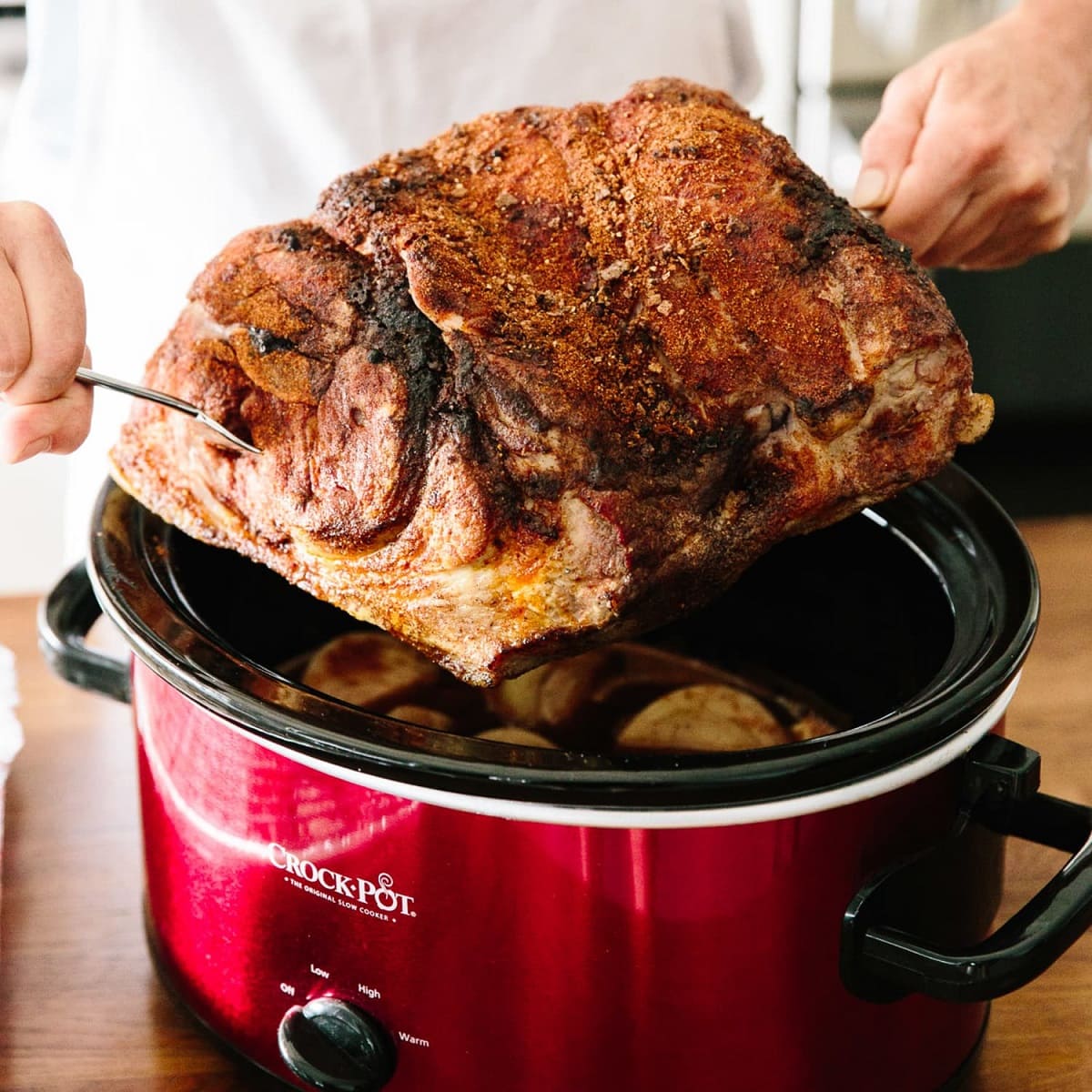

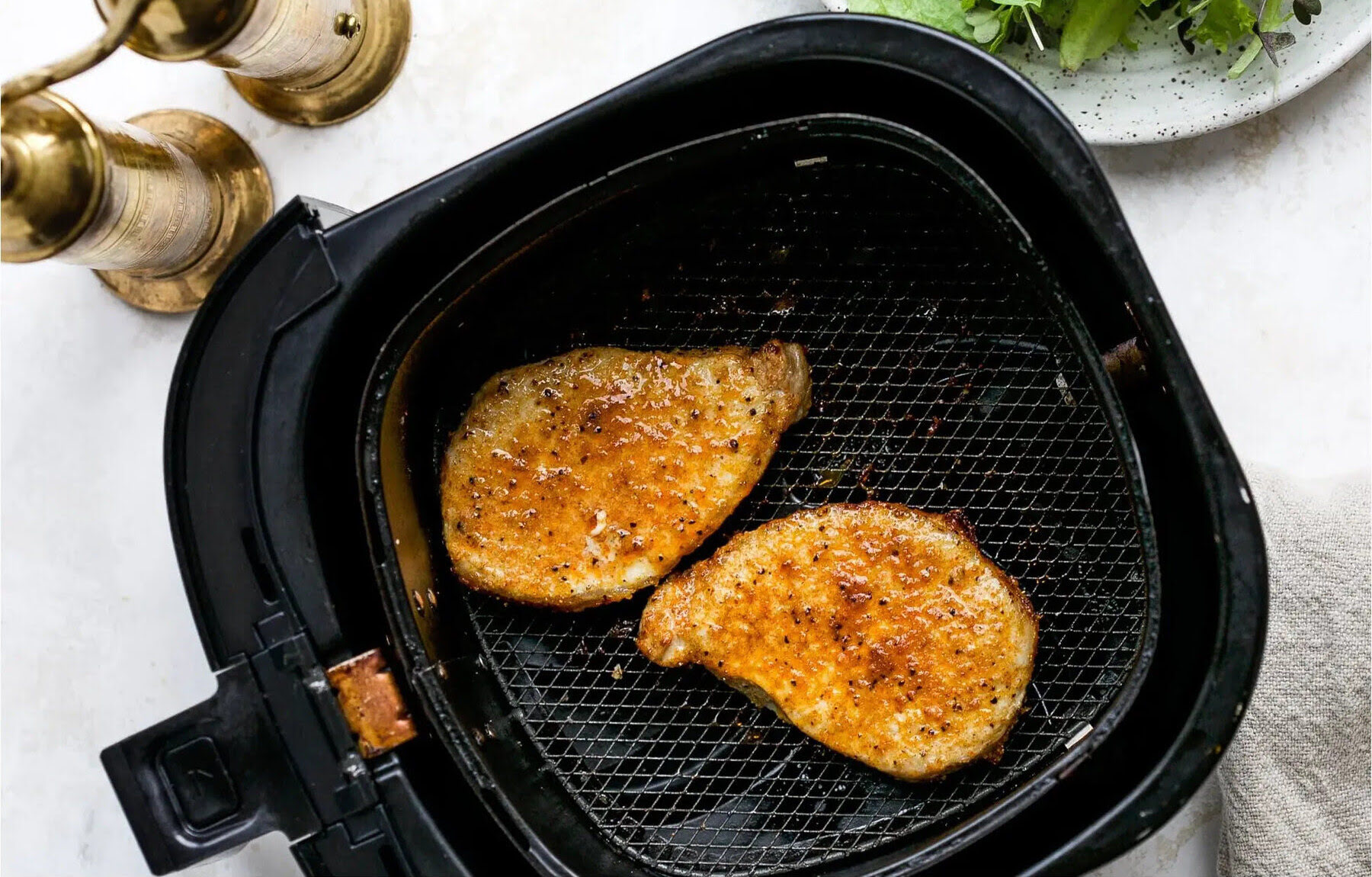
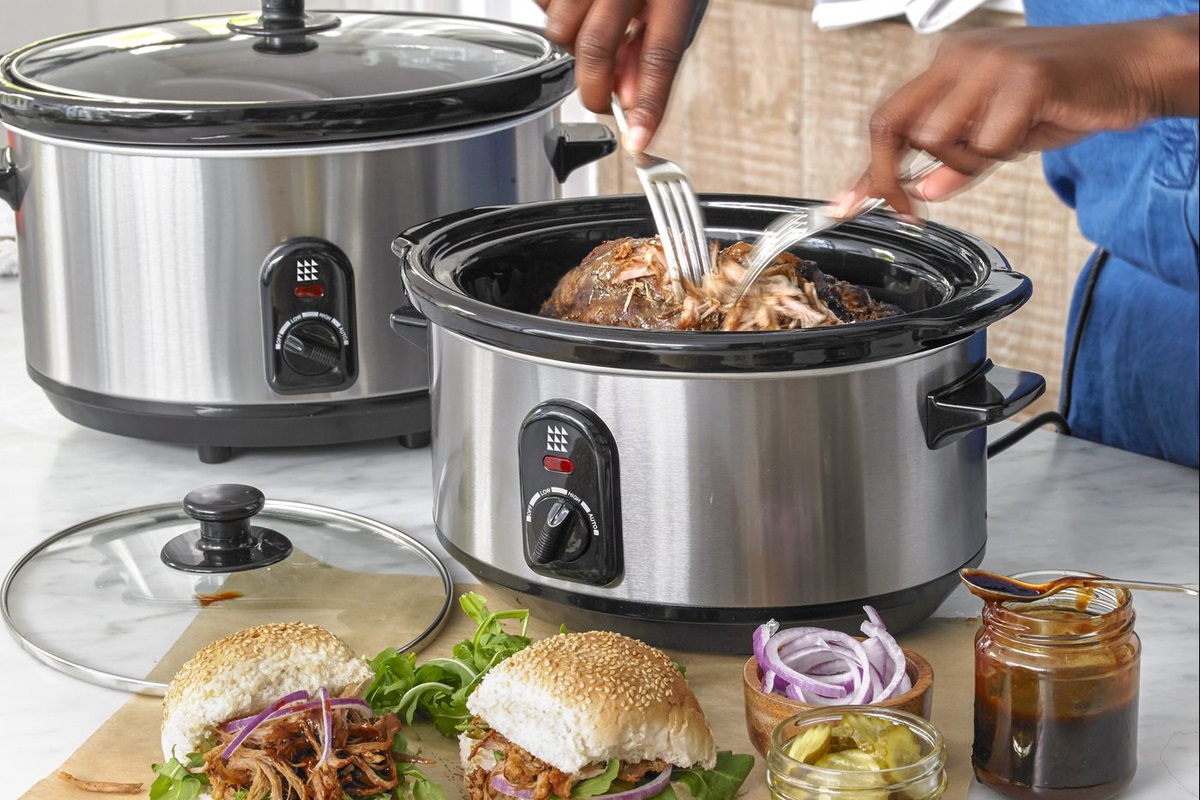
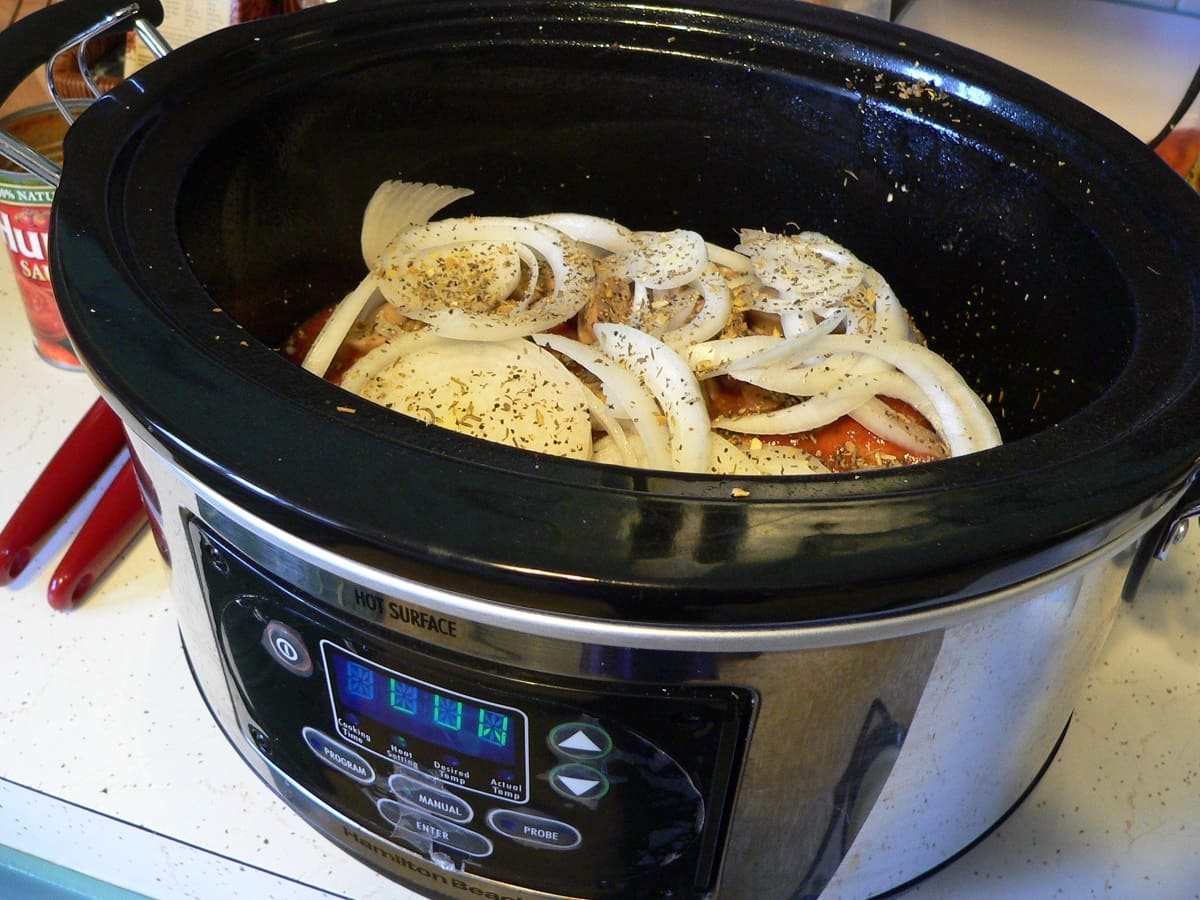
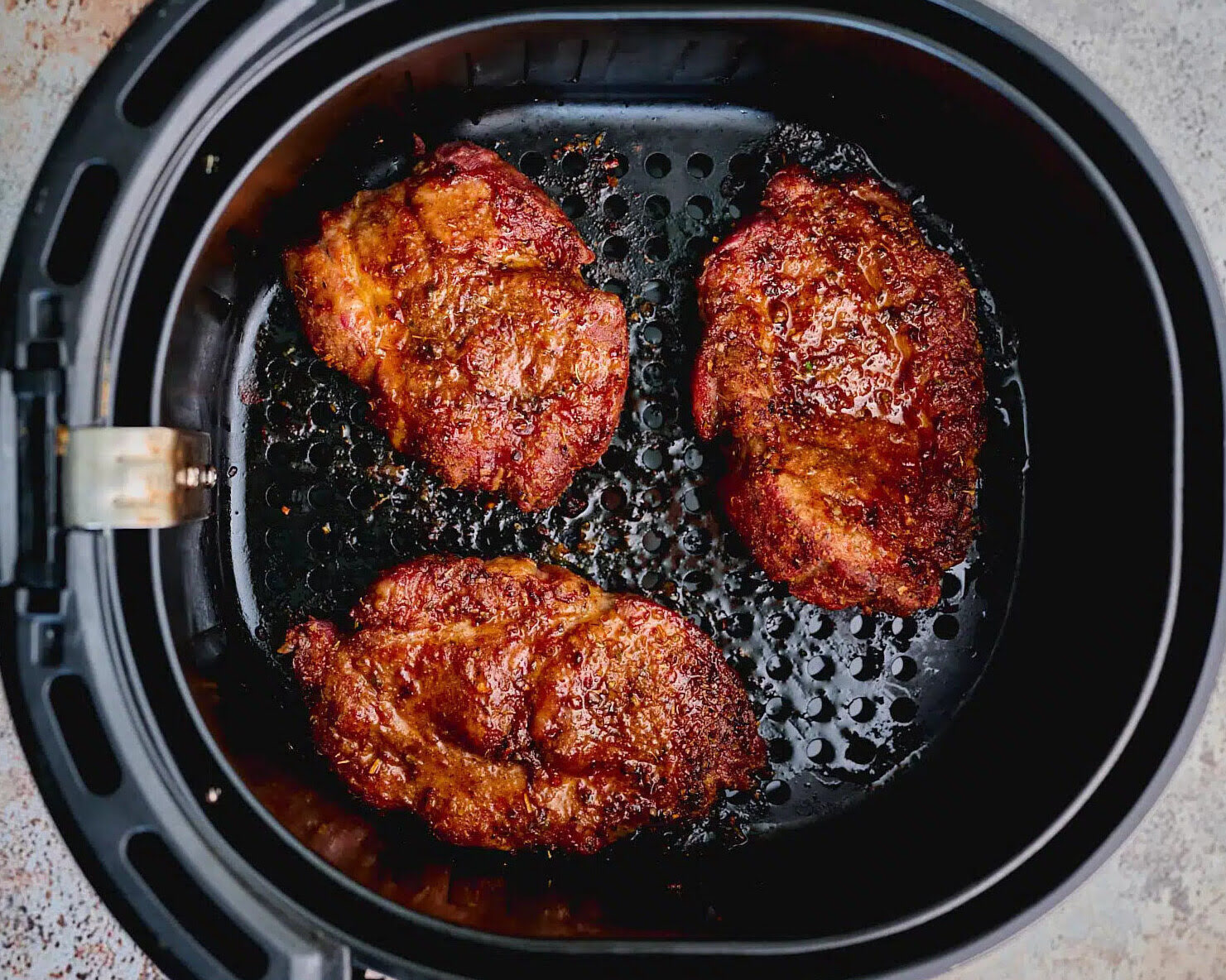
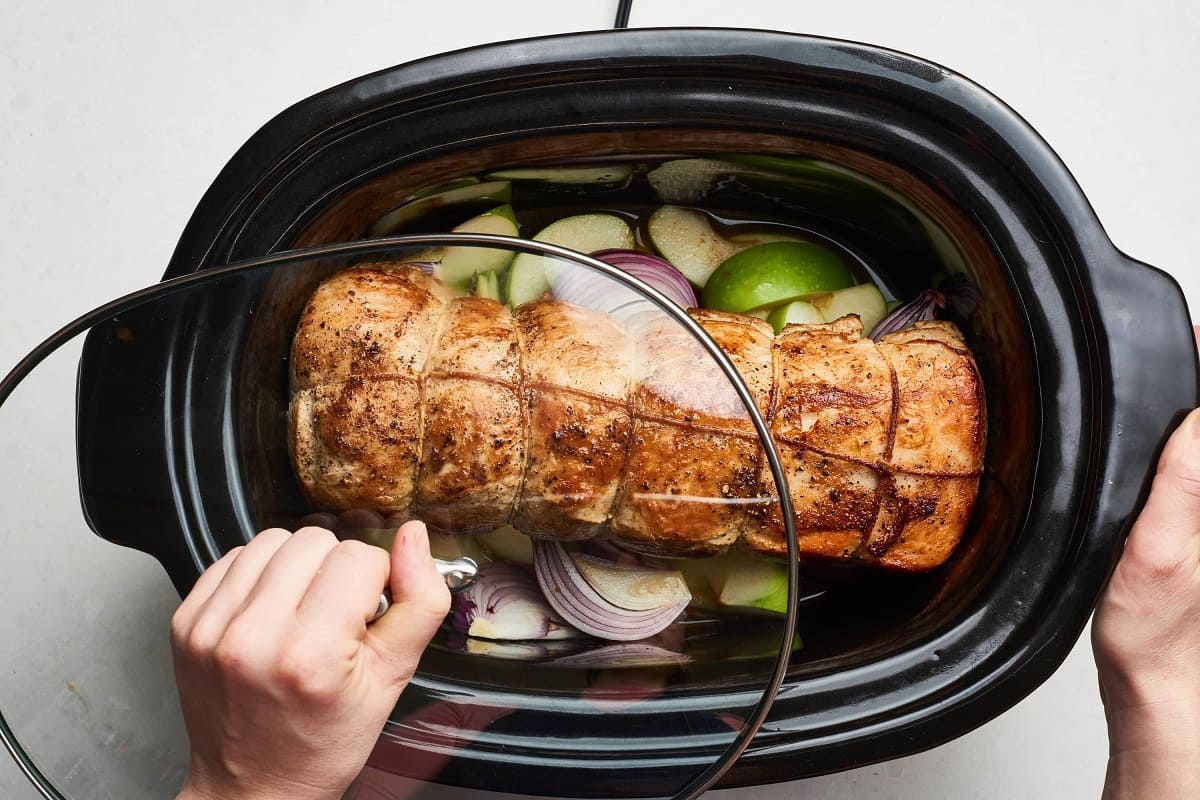
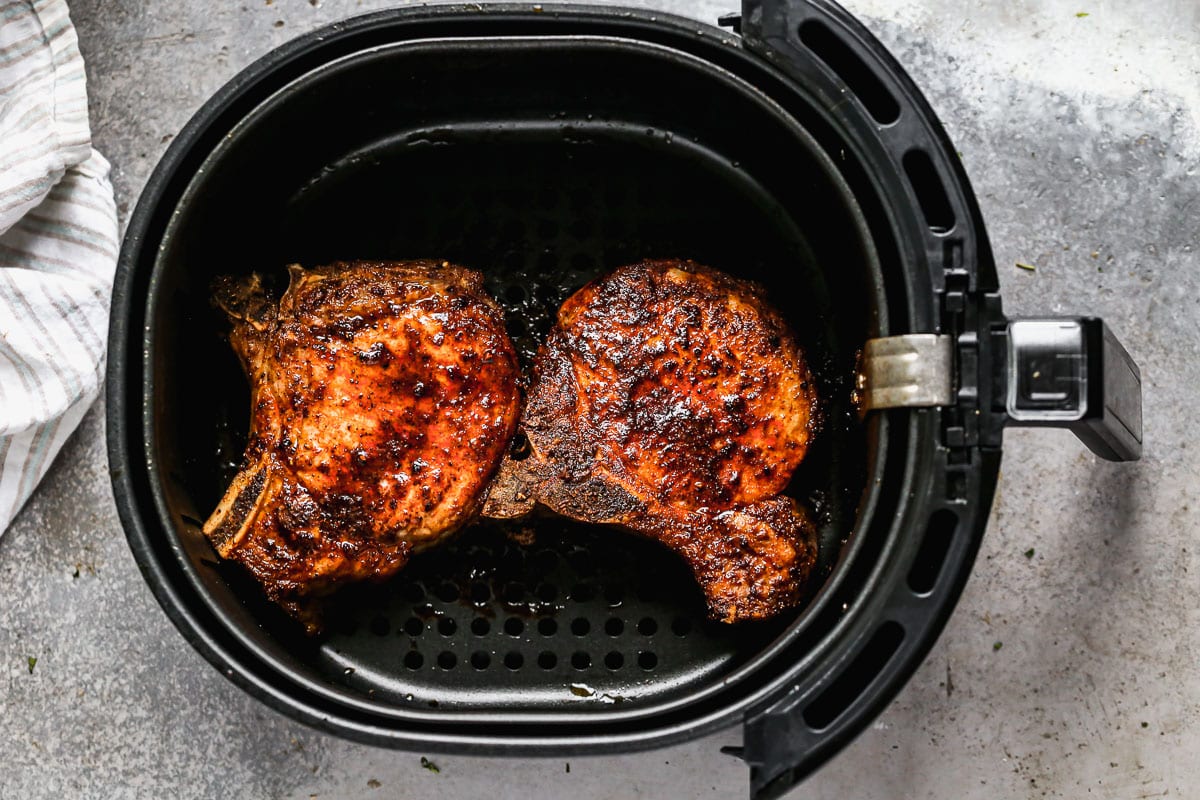
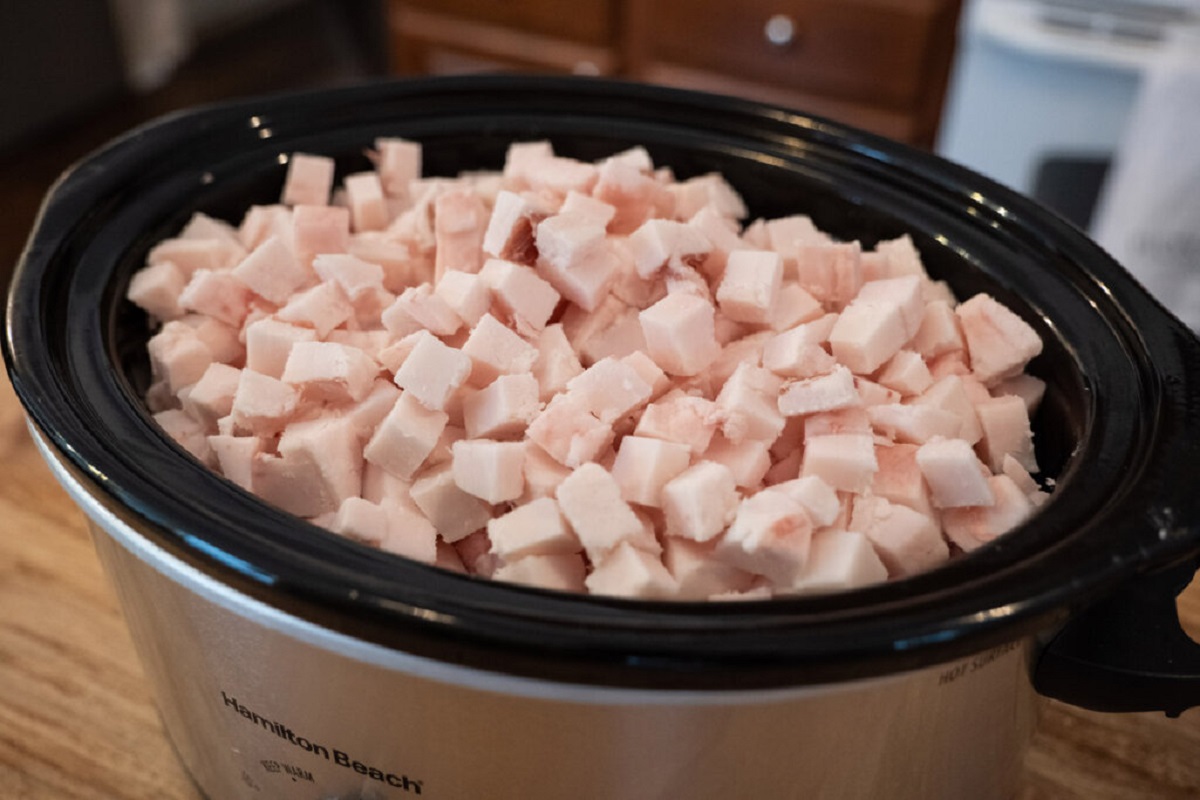
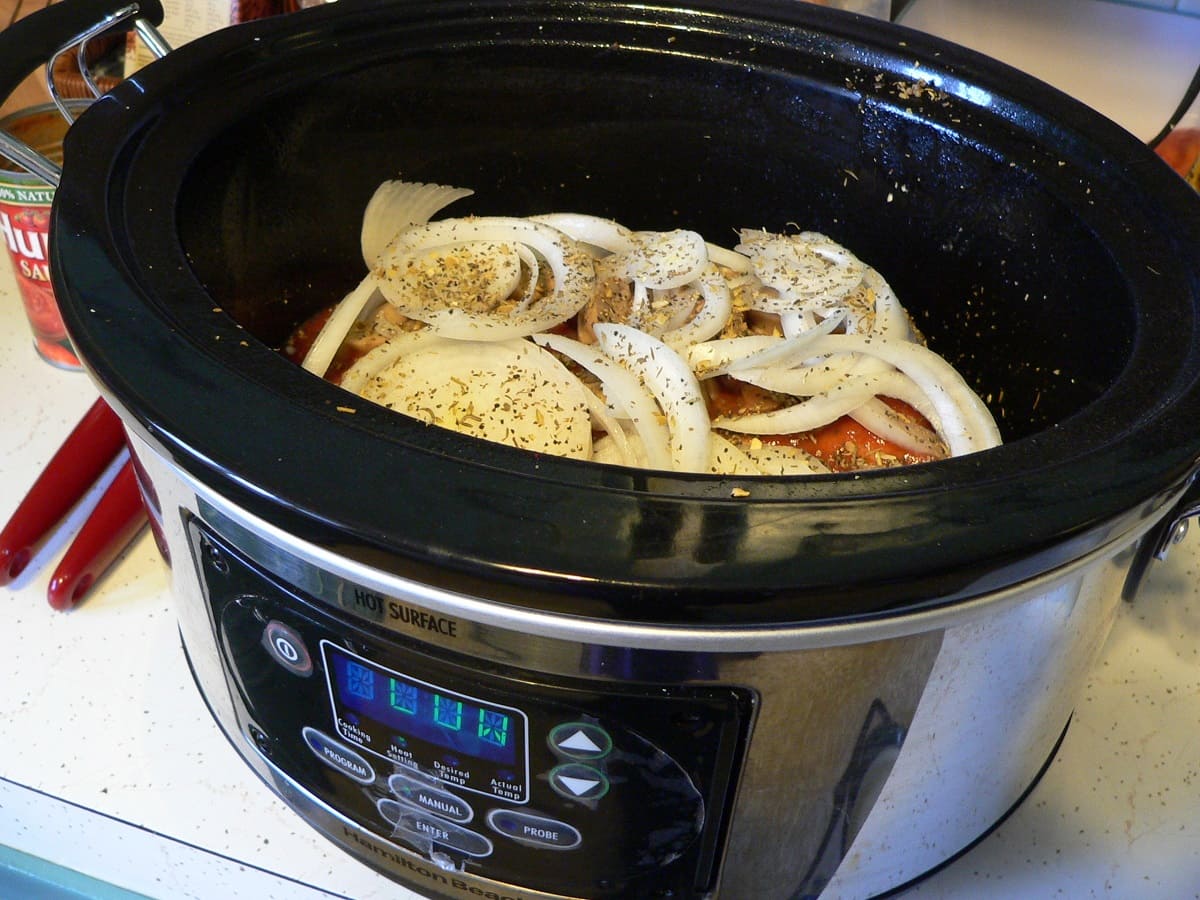
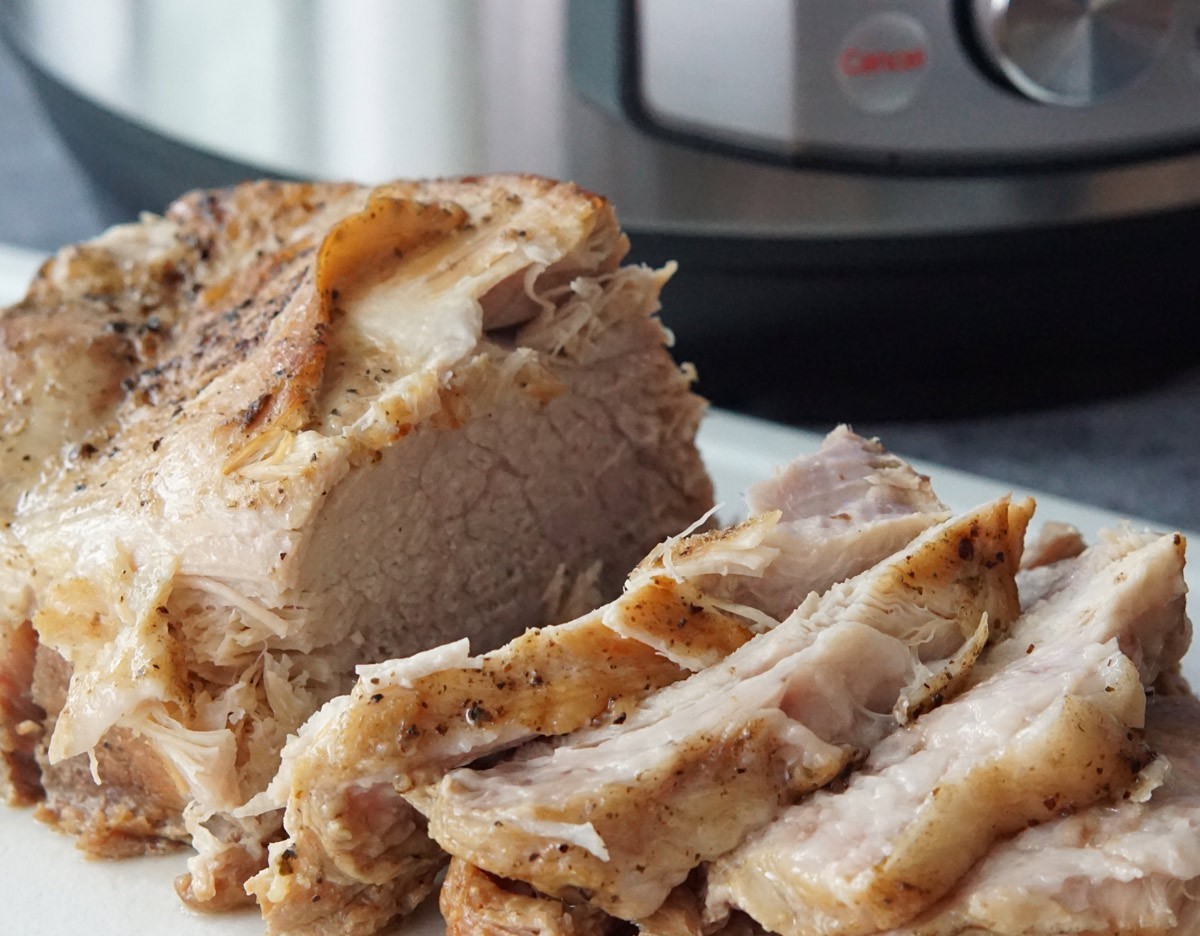
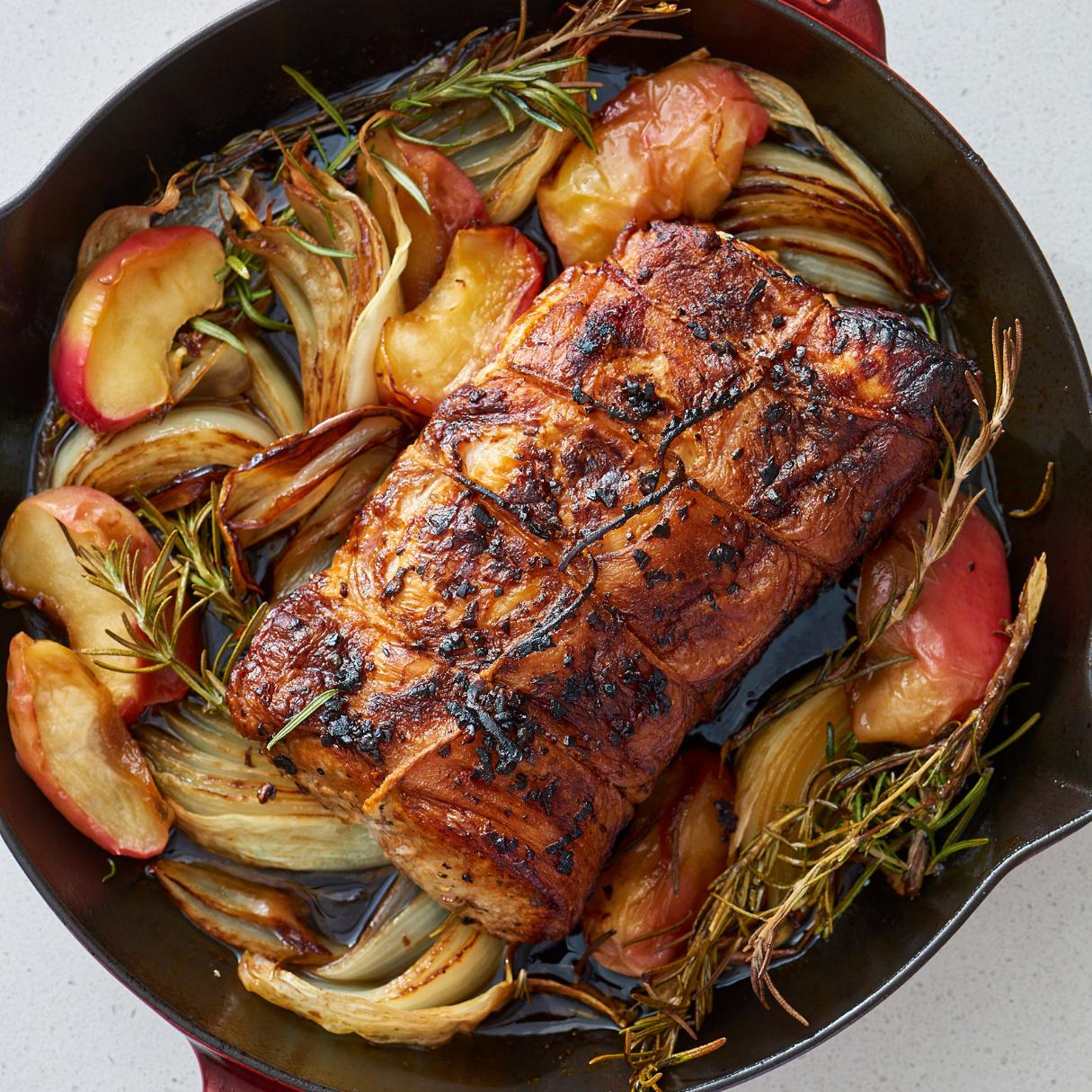
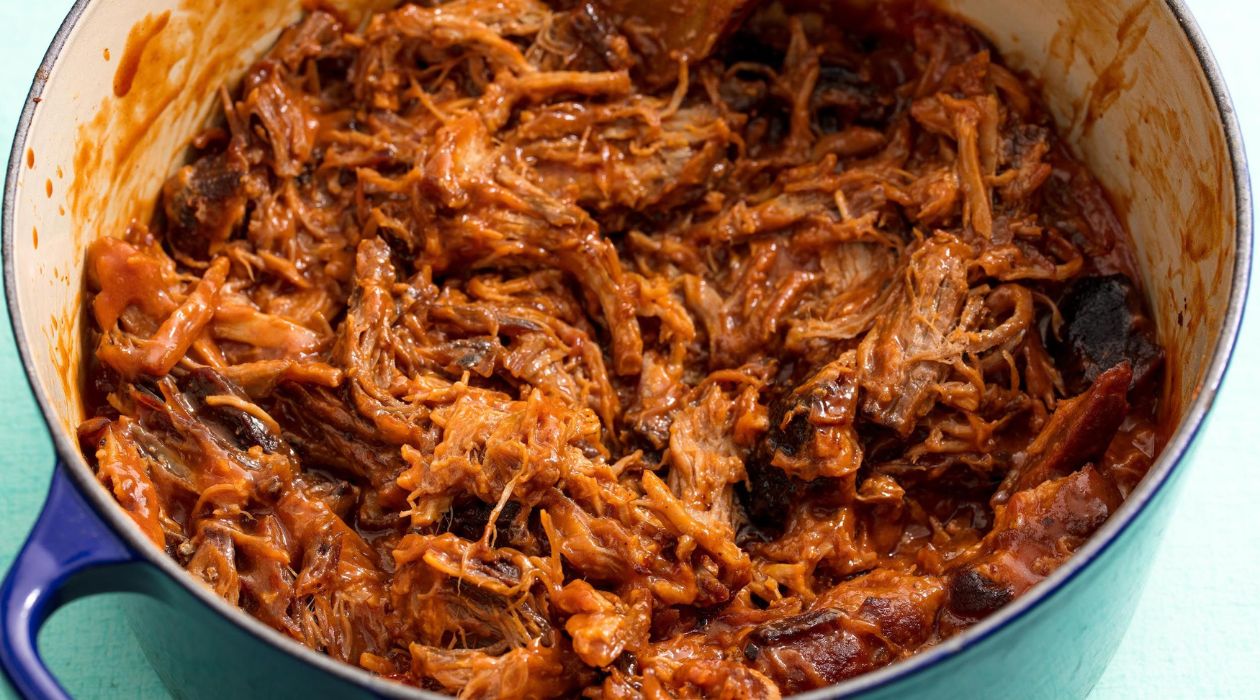

0 thoughts on “How Long To Slow Cook Pork Shoulder In Slow Cooker”